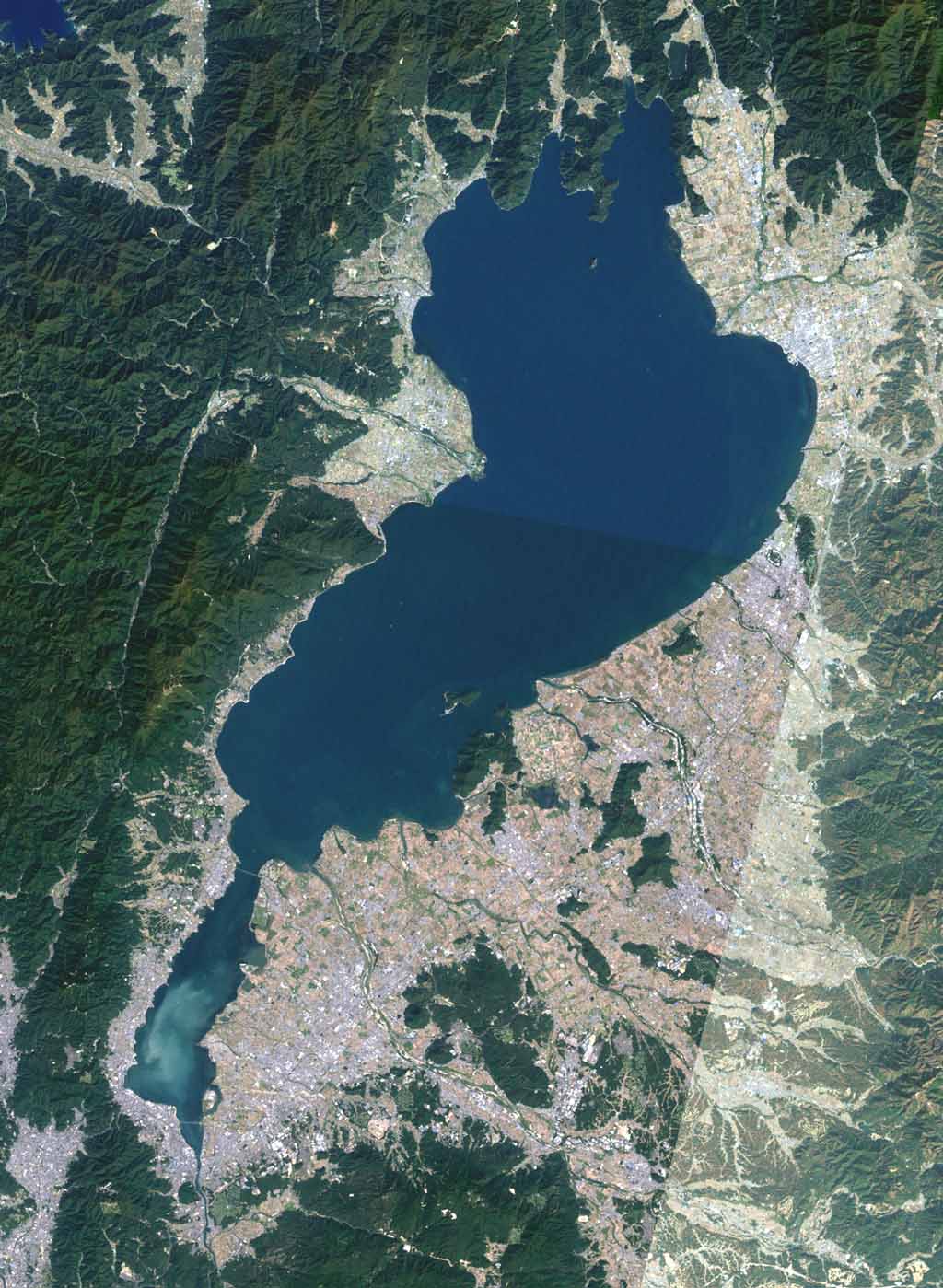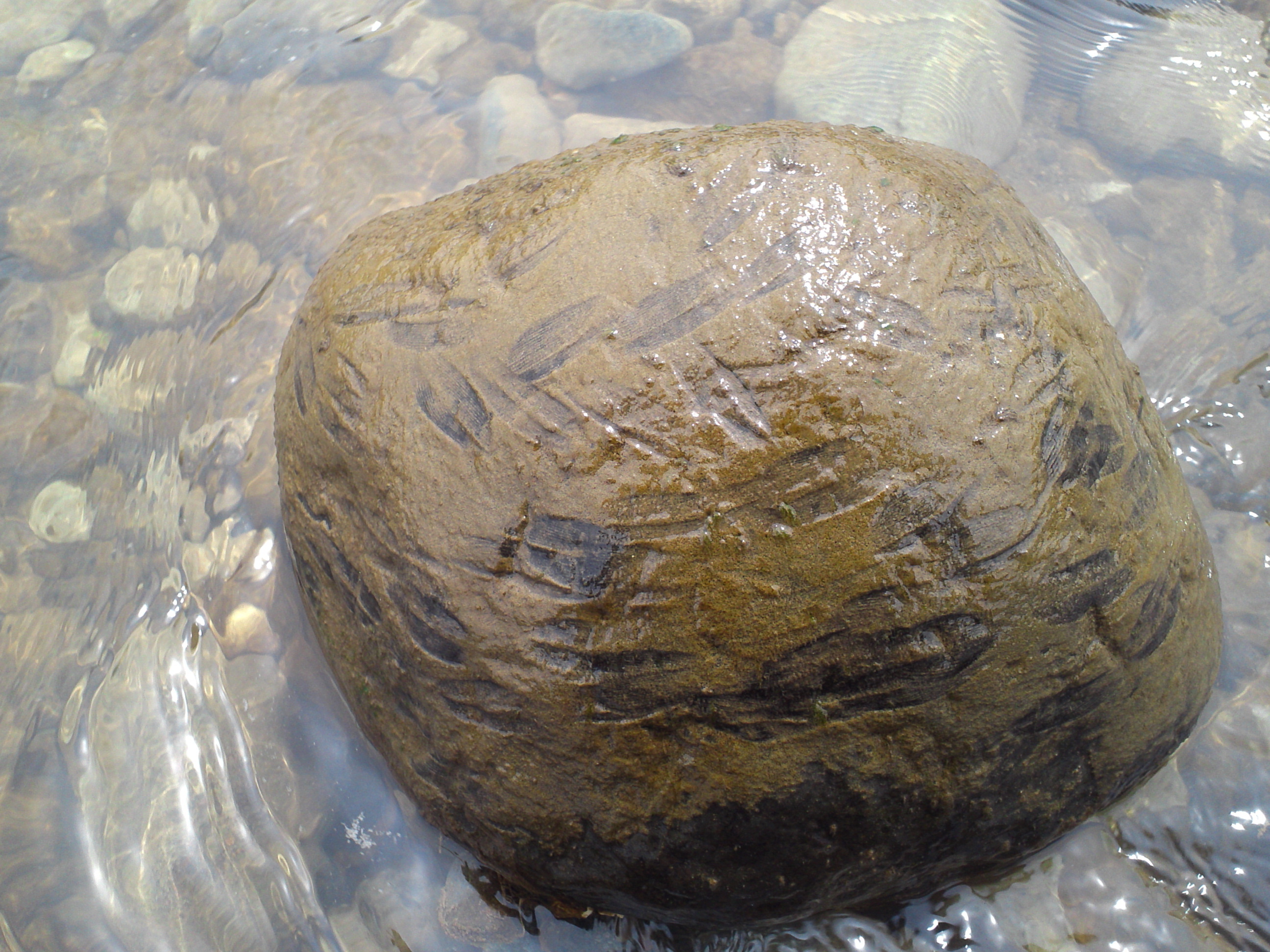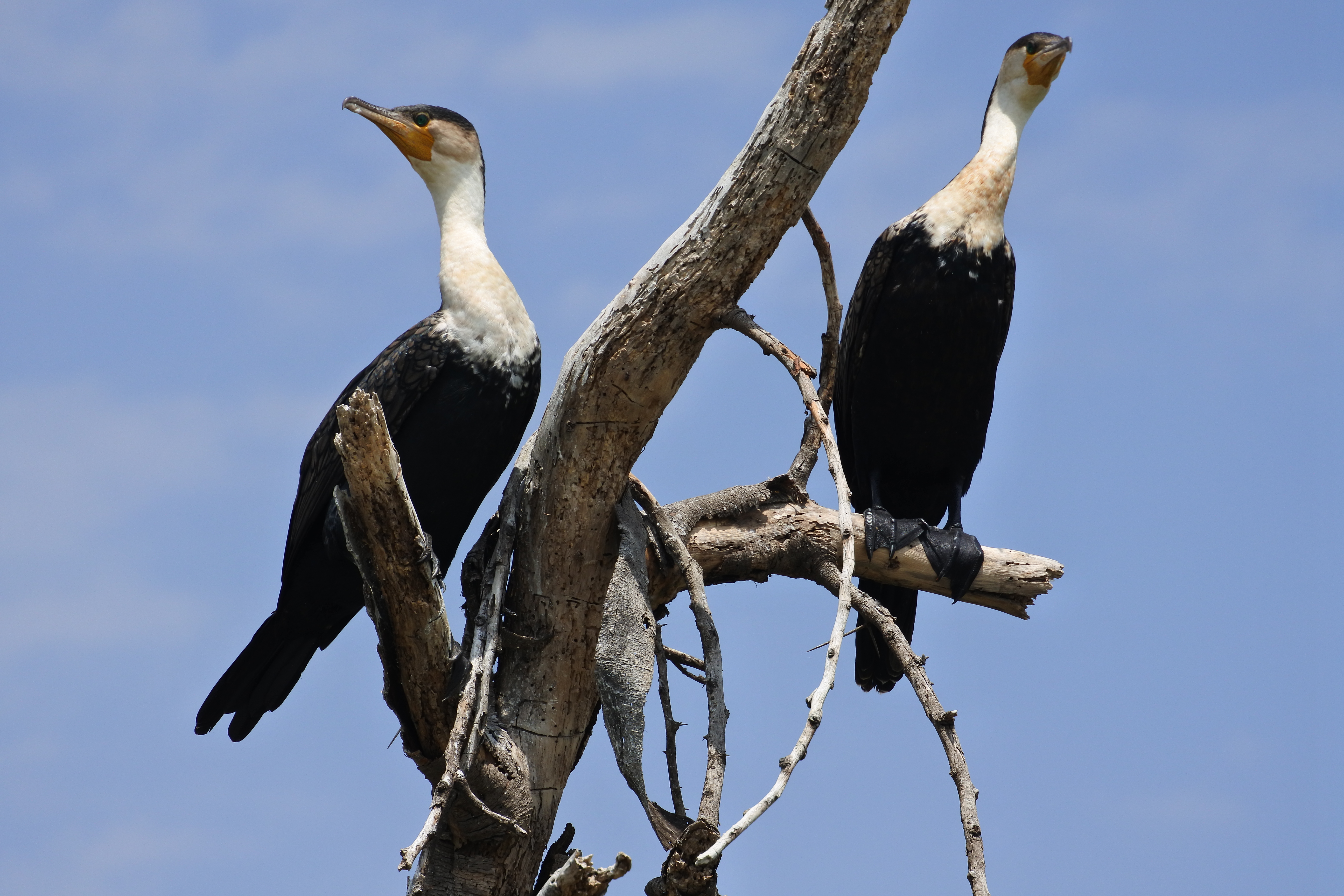|
Cormorant Culling
Cormorant culling is the intentional killing of cormorants by humans for the purposes of wildlife management. It has been practiced for centuries, with supporters of culling generally arising from the angling community. Culling techniques may involve the killing of birds, the destruction of eggs, or both. Historically, culls have occurred to protect the interests of recreational and commercial fishermen who perceive the animals to be competing with them for their intended catch or for the prey of their intended catch. Since the 1960s, the growing aquaculture industry has undertaken cormorant culls to protect its farmed fish and crustacean stocks. Opponents of cormorant culling include conservation groups such as the National Audubon Society, Cormorant Defenders International and Sea Shepherd. Target species The target species are primarily the double-crested cormorant in North America and the great cormorant in Europe, Japan, and Australia. The little black cormorant has also ... [...More Info...] [...Related Items...] OR: [Wikipedia] [Google] [Baidu] |
Double-crested Cormorant (Phalacrocorax Auritus)
The double-crested cormorant (''Nannopterum auritum'') is a member of the cormorant family of water birds. It is found near rivers and lakes and in coastal areas and is widely distributed across North America, from the Aleutian Islands in Alaska down to Florida and Mexico. Measuring in length, it is entirely black except for a bare patch of orange-yellow facial skin and some extra plumage that it exhibits in the breeding season when it grows a double crest in which black feathers are mingled with white. Five subspecies are recognized. It mainly eats fish and hunts by swimming and diving. Its feathers, like all cormorants, are not waterproof, and it must dry them out after spending time in the water. Once threatened by the use of DDT, the numbers of this bird have increased markedly in recent years. Taxonomy The double-crested cormorant was described by René Primevère Lesson in 1831. It was formerly classified in the genus ''Phalacrocorax'', but a 2014 study supported reclassif ... [...More Info...] [...Related Items...] OR: [Wikipedia] [Google] [Baidu] |
Sharpshooters
A sharpshooter is one who is highly proficient at firing firearms or other projectile weapons accurately. Military units composed of sharpshooters were important factors in 19th-century combat. Along with "marksman" and "expert", "sharpshooter" is one of the three marksmanship badges awarded by the United States Army and the United States Marine Corps. The United States Navy and the United States Coast Guard use a ribbon with an attached "S" device to note a sharpshooter qualification. Military sharpshooter history American Revolutionary War and War of 1812 Some of the earliest mentions of rifling and sharpshooting units in the United States originate during around the American Revolutionary War and the War of 1812. During the 1777 battles of Saratoga, Continental Army officer Benedict Arnold strategically arranged for sharpshooter units to target enemy officers and artillery units. All such sharpshooters units were disbanded following the war's end in 1783, but they were la ... [...More Info...] [...Related Items...] OR: [Wikipedia] [Google] [Baidu] |
Shiga Prefecture
is a landlocked prefecture of Japan in the Kansai region of Honshu. Shiga Prefecture has a population of 1,398,972 as of 1 February 2025 and has a geographic area of . Shiga Prefecture borders Fukui Prefecture to the north, Gifu Prefecture to the northeast, Mie Prefecture to the southeast, and Kyoto Prefecture to the west. Ōtsu is the capital and largest city of Shiga Prefecture, with other major cities including Kusatsu, Nagahama, and Higashiōmi. Shiga Prefecture encircles Lake Biwa, the largest freshwater lake in Japan, and 37% of the total land area is designated as Natural Parks, the highest of any prefecture. Shiga Prefecture's southern half is located adjacent to the former capital city of Kyoto and forms part of Greater Kyoto, the fourth-largest metropolitan area in Japan. Shiga Prefecture is home to Ōmi beef, the Eight Views of Ōmi, and Hikone Castle, one of four national treasure castles in Japan. History Shiga was known as Ōmi Province or Gōshū bef ... [...More Info...] [...Related Items...] OR: [Wikipedia] [Google] [Baidu] |
Plecoglossus Altivelis
Ayu or AYU may refer to: * Ayu (given name) * Ayu sweetfish (''Plecoglossus altivelis''), a species of smelt * ''Ayu'', a local name for the African manatee * Ayu (singer) or Ayumi Hamasaki, Japanese singer * Ayu Islands, a small archipelago in Indonesia * Ayu, Dawei, a village in Burma * Ayu language, a language of Nigeria * Aiyura Airport, IATA code AYU See also * Ayu-Dag, a peak in Crimea, Ukraine * Ayumi, a Japanese name {{disambig ... [...More Info...] [...Related Items...] OR: [Wikipedia] [Google] [Baidu] |
Ayu Sweetfish
The ayu sweetfish (''Plecoglossus altivelis''), or sweetfish, is a species of fish. It is the only species in the genus ''Plecoglossus'' and family (biology), family Plecoglossidae. It is a relative of the Smelt (fish), smelts and other fish in the order Osmeriformes. Native to East Asia, it is distributed in the northwestern Pacific Ocean along the coast of Hokkaidō in Japan southward to the Korean Peninsula, China, Hong Kong and northern Vietnam. It is amphidromous, moving between coastal marine waters and freshwater lakes and rivers. A few landlocked populations also exist in lakes in Japan such as Lake Biwa, Biwa. Original wild populations in Taiwan became extinct in 1968 due to pollution and present extant populations were reintroduced from Japan in the 1990s. The name "sweetfish" was inspired by the sweetness of its flesh. In reference to its typical one-year lifespan, it is also written as ("year-fish"). [...More Info...] [...Related Items...] OR: [Wikipedia] [Google] [Baidu] |
Phalacrocorax Carbo
The great cormorant (''Phalacrocorax carbo''), also known as just cormorant in Britain, as black shag or kawau in New Zealand, formerly also known as the great black cormorant across the Northern Hemisphere, the black cormorant in Australia, and the large cormorant in India, is a widespread member of the cormorant family of seabirds. It breeds in much of the Old World, Australasia, and the Atlantic coast of North America. Taxonomy The great cormorant was formally described in 1758 by the Swedish naturalist Carl Linnaeus in the tenth edition of his ''Systema Naturae'' under the binomial name ''Pelecanus carbo''. Linnaeus specified the type location as "Europe", but this was restricted to the "rock-nesting form of the north Atlantic Ocean" by the German ornithologist Ernst Hartert in 1920. The great cormorant is now one of 12 species placed in the genus Genus (; : genera ) is a taxonomic rank above species and below family (taxonomy), family as used in the biological classif ... [...More Info...] [...Related Items...] OR: [Wikipedia] [Google] [Baidu] |
Lake Ontario
Lake Ontario is one of the five Great Lakes of North America. It is bounded on the north, west, and southwest by the Canadian province of Ontario, and on the south and east by the U.S. state of New York (state), New York. The Canada–United States border spans the centre of the lake. On the Canadian side, the major cities are Kingston, Ontario, Kingston, Mississauga, Toronto, Hamilton, Ontario, Hamilton, and St. Catharines. On the American side, the major cities are Rochester, New York, Rochester and Watertown, New York, Watertown. The last in the Great Lakes chain, Lake Ontario serves as the outlet to the Atlantic Ocean via the Saint Lawrence River, comprising the western end of the Saint Lawrence Seaway. Its primary inlet is the Niagara River from Lake Erie. The Long Sault Dam, Long Sault control dam, primarily along with the Moses-Saunders Power Dam regulates the water level of the lake. The name ''Ontarí'io'' is most often translated from Wyandot language, Huron as "beauti ... [...More Info...] [...Related Items...] OR: [Wikipedia] [Google] [Baidu] |
Little Galloo Island
Little Galloo Island is located in eastern Lake Ontario near the entrance to Sackets Harbor in Jefferson County, New York, within the jurisdiction of the Town of Hounsfield. The small island is a protected area, and one of the very few uninhabited islands in eastern Lake Ontario. Geography Little Galloo Island is approximately from the New York mainland, and southeast of the international boundary with Canada. It is one of a group of four nearby islands which includes Galloo Island, Calf Island, and Stony Island. Natural features and wildlife Most of the island is covered by herbaceous vegetation, with a few trees located primarily around the perimeter. Ring-billed gulls have nested on Little Galloo Island since 1938, and in 1990 there were 84,230 nesting pairs, one of the largest nesting concentrations in North America. The double-crested cormorant was first reported breeding on the island in 1967. Other birds that have been noted on the island include the black-crowne ... [...More Info...] [...Related Items...] OR: [Wikipedia] [Google] [Baidu] |
Tasmania
Tasmania (; palawa kani: ''Lutruwita'') is an island States and territories of Australia, state of Australia. It is located to the south of the Mainland Australia, Australian mainland, and is separated from it by the Bass Strait. The state encompasses the main island of Tasmania, the List of islands by area#Islands, 26th-largest island in the world, and the List of islands of Tasmania, surrounding 1000 islands. It is Australia's smallest and least populous state, with 573,479 residents . The List of Australian capital cities, state capital and largest city is Hobart, with around 40% of the population living in the Greater Hobart area. Estimated resident population, 30 June 2017. Tasmania is the most decentralised state in Australia, with the lowest proportion of its residents living within its capital city. Tasmania's main island was first inhabited by Aboriginal Australians, Aboriginal peoples, who today generally identify as Palawa or Pakana. It is believed that Abori ... [...More Info...] [...Related Items...] OR: [Wikipedia] [Google] [Baidu] |
Leatherjacket Fish
The leatherjacket fish (''Oligoplites saurus''), also known as leather jack, is a species of jack in the family Carangidae. Leather jack may also refer to other members of the Carangidae, such as the pilot fish. The largest are about a foot long. Distribution There are two subspecies of ''Oligoplites saurus''. The nominate subspecies ''O.s. saurus'' is distributed in the western Atlantic Ocean from Chatham, Massachusetts south along the U.S. coast, throughout the Gulf of Mexico and Caribbean Sea, and along the South American coast to Rio Grande do Sul, Brazil. The other subspecies ''O. s. inornatus'' is found in the eastern Pacific Ocean from southern Baja California, much of the Gulf of California to Ecuador, including the Galapagos and Malpelo Islands. Feeding It voraciously devours small fish and shrimp, often in company with larger predatory species. Leatherjackets feed on small fish including the silver perch. As food Traditionally, the leather jacket has not been eate ... [...More Info...] [...Related Items...] OR: [Wikipedia] [Google] [Baidu] |
Toadfish
{{short description, Common name used for fish Toadfish is the common name for a variety of species from several different families of fish, usually because of their toad-like appearance or calls using their swimbladder. File:OysterToadfish.jpeg, The oyster toadfish (''Opsanus tau'') is one of the Batrachoididae. File:Tetractenos glaber.JPG, Smooth toadfish, ''Tetractenos glaber'' (Tetraodontidae). File:Neophrynichthys latus (Dark toadfish).gif, Dark toadfish, ''Neophrynichthys latus'' (Psychrolutidae). Batrachoididae The entire family ''Batrachoididae'' are typically called toadfishes. They are benthic ambush predators, known for their ability to produce sound with their swim bladders. Tetraodontidae The name ''toadfish'' is applied to some species of the family Tetraodontidae, including: * The banded toadfish, ''Torquigener pleurogramma'' (Australia) * The blackspotted toadfish, ''Arothron nigropunctatus'' (tropical Indian and Pacific Oceans) * The common toadfish (or toadf ... [...More Info...] [...Related Items...] OR: [Wikipedia] [Google] [Baidu] |







